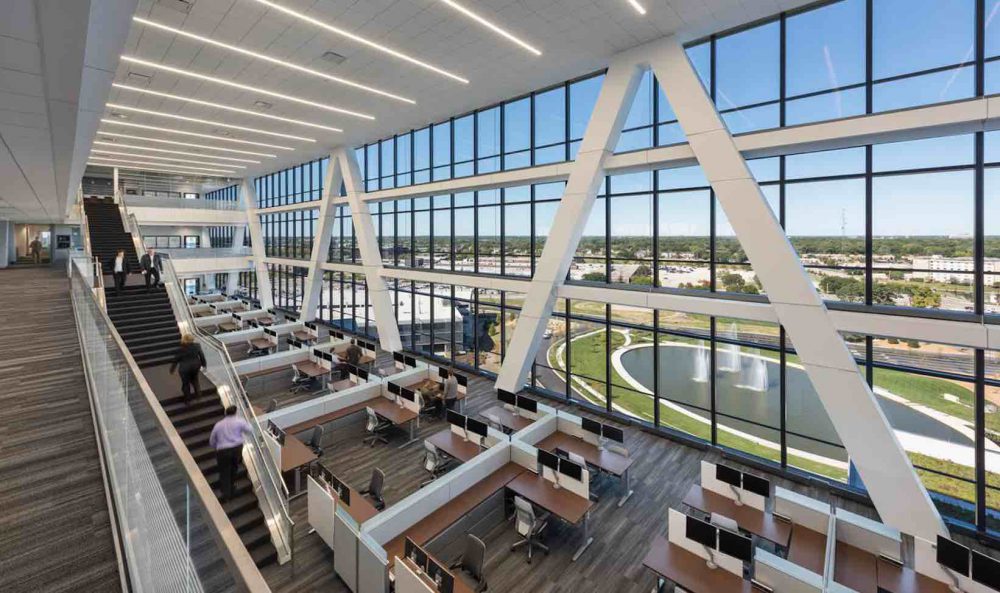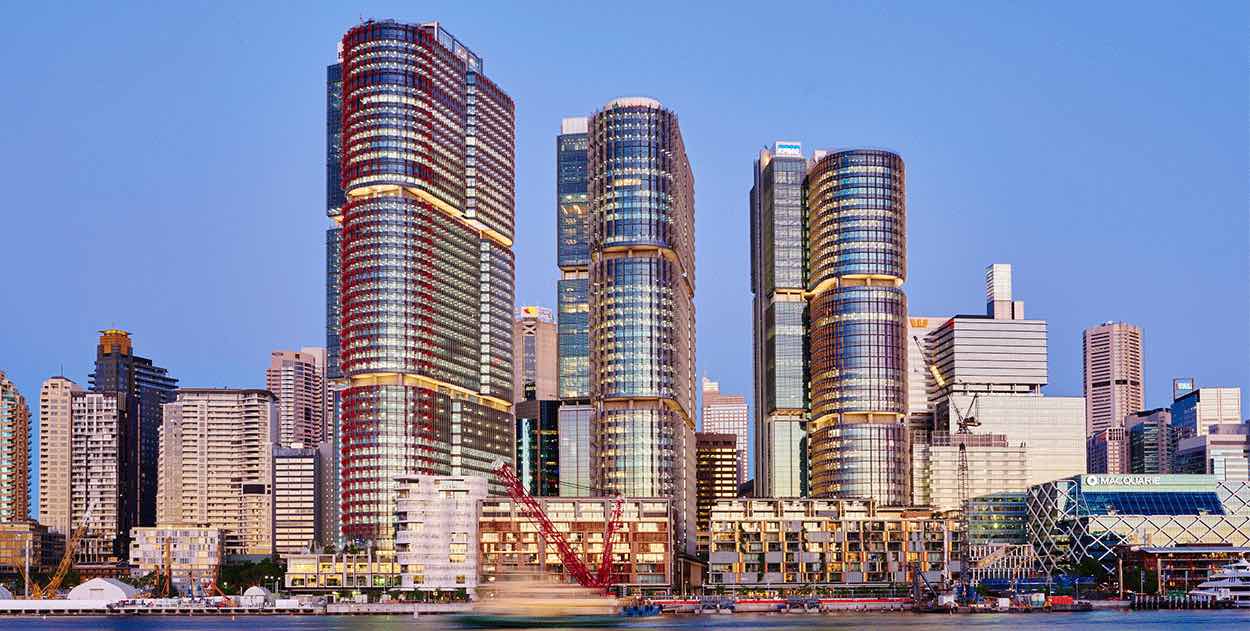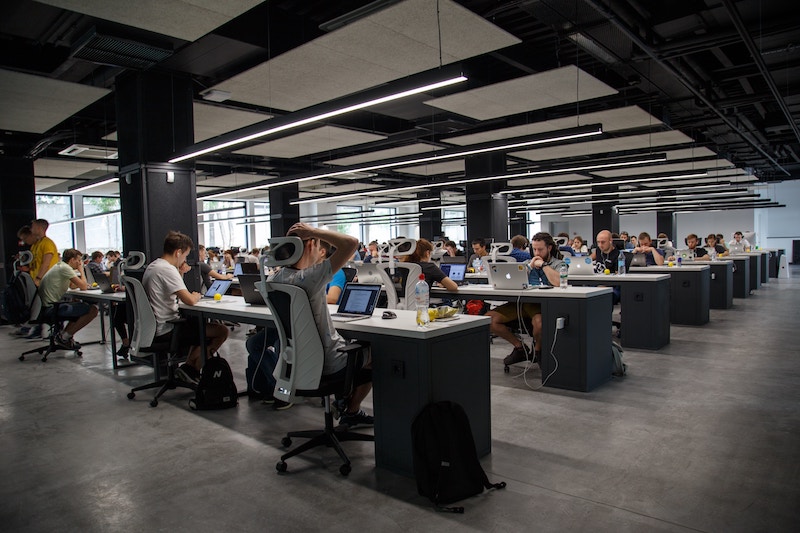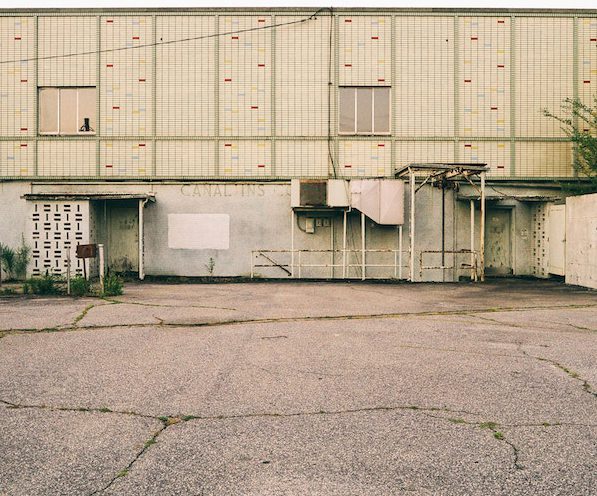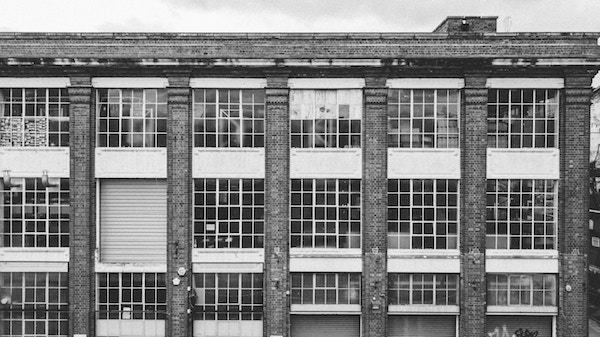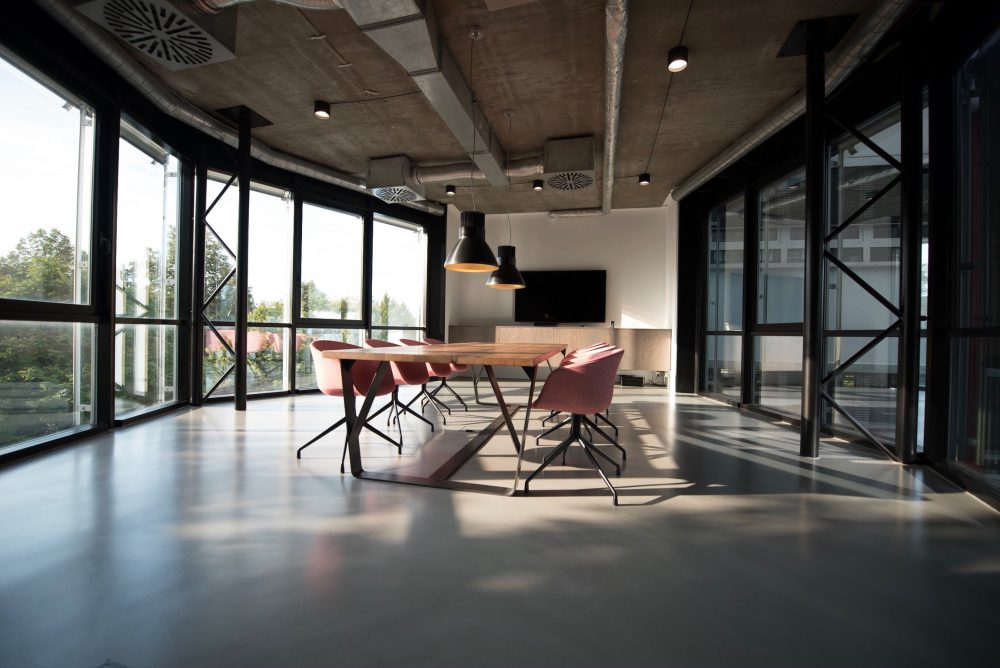How to find and secure a new office in 7 not so easy steps
How to find and secure a new office in 7 not so easy steps
Further to an article written here recently, Top 5 Mistakes When Leasing New Property, this week we focus on a very specific task, and one that will be familiar to many. How to find and secure a new office space. This is one of the most common tasks businesses face yet they will perhaps have little knowledge of the process, all the more concerning when we consider that typically tens of thousands of dollars are at stake.
As with any complex exercise, if we break it down into steps it looks a lot easier. There is no “one size fits all” solution here, there are multiple factors at play, and so we are going to make a few assumptions. So, in 7 steps this is how to find, secure and create a new office. The list is in no way exhaustive, but covers the main items.
Firstly, we are assuming this office is to be secured under a traditional lease i.e. not flexible workspace but under a commitment for three to five years minimum. Many readers would know that this is certainly not the only option open to businesses on the move nowadays, in fact flexible workspace is a growing part of the overall commercial real estate landscape. But for the purposes of this exercise lets focus on the traditional office lease model.
Secondly, we assume you know where you want to locate yourself. This has as much to do with familiarity, transport, staff demographics as it does the cost of rent. Most established business will know where they want to be and where they can afford to be. Start ups perhaps less so but we will work on the assumption that the location has been identified as it works for you in terms of access, customer base, staff location (both existing and future hires) and cost. Call us if you are seeking a guide to rents across a city.

The Brief
We start the exercise by preparing a brief. We need to know when your existing lease expires (if you have one) and we need to work out what your requirement is. We are going to build up a picture of your circumstances, some of which will be made public as part of the search process and some will not. The lease expiry or other milestone is key as we are likely to work backwards from that date to determine how much time you have and, to some extent, how we go about the exercise. Its been discussed in this blog that one of the main mistakes companies make when approaching an office relocation project is they don’t leave themselves enough time. The more time available to you, the more options you have, the easier and cheaper the exercise will be. As a rough rule of thumb we allow a minimum of six months for a small business rising to twelve months plus for larger organisations. That may sound like a lot but when you know the steps involved this time can disappear quickly. Remember most leases in Australia have a make good clause in them. That means you are obliged, prior to the expiry of your lease, to make good your premises as detailed in your lease. This can involve significant work, and its got to be done before your lease expiry. It may only be a lick of paint that’s required to your existing premises but more likely than not you will be required to bring it back to a defined state, clear of your existing fitout and with services and finishes reinstated to a “base building” condition. This expensive “sting in the tail” at the end of a lease catches many by surprise, one of the reasons we seek to negotiate out of make good at lease end wherever possible. It is certainly possible, and commonplace, to negotiate a cash settlement with your existing landlord relieving you of your make good obligations but this is not always feasible or desirable. So, we need to assume in our programming that we have a make good to do prior to that key lease expiry date. The amount of time we allow for this is dependent on the size of your office and the degree to which the work is to be done, as specified in your lease, but even a small office may require two to four weeks of make good work.
The brief will determine when you need to move by, allowing for your existing lease expiry, make good and whatever other factors influence timing. The brief will also address the type of space you need or can afford, the budget for fitout, location, building facilities, parking needs and, of course, how much space we are seeking. The type of space will be dependant on cost and the nature of your business. Professional services firms, multinationals and other large concerns may be looking for space in premium buildings with views and high end facilities, others may seek more function and are less concerned about views but still need proximity to public transport. As mentioned some of this information will be made public because part of this brief will be released to the property market i.e. to real estate agents and building owners. The public brief is part sales document and part Request For Information. What we are, in effect, doing is selling you as a prospective tenant to building owners while generating competition for your business as a tenant. By creating a competition for you as a tenant we are seeking to secure the best possible lease terms for you. So, the brief includes some key details of who you are, owners like to know who they are leasing their buildings to, and specifies your requirement in terms of office area, building type, parking and so on. We may, however, hold back on some key details, such as how long you would be willing to commit for. This we can keep up our sleeve.
Go to Market
This single page brief is released to the market and we provide a date by which agents must submit suitable buildings for consideration. The agents must provide in response, details of properties they believe to be suitable. Those details would include the address, floor space, whether it is a part or whole floor, parking, amenities, rent, outgoings and so on. I wont go into too much detail as to what the brief includes and requests but suffice to say we want to cast the net wide but at the same be very specific about your requirements. We might be a little vague about the space requirement yet be very prescriptive about the technology requirements of a building, for example.
After a couple of weeks we will, ideally, have a small pile of submissions to sift through. A lot of what we receive will not meet with the brief but some will and it is those we need examine in detail. We will work our way through these submissions and draw up a short list for inspection. The inspection process is one of the more time consuming aspects of the process but essential. There is no substitute for seeing space in the flesh because only then can you appreciate the aspect of the property and get a sense of whether it is right for you, just as you would if you were inspecting a house. The objective is to get to a point where we have, ideally, three or more properties that meet with your brief. We then go about getting offers on these and begin negotiations. We want the market to see that you have a number of options open to you, all of which are viable. Now, this may be stretching the truth a little but remember we are seeking to generate competition for your business as a tenant. We can’t negotiate when there is only one option that works for your business and the owner of that building knows it.
Shortlisting
We have now identified two or three tenancies that look like they work for you. The location is right, the size looks right as does the price point. What now? Well, we can now employ a few tricks to confirm suitability and get the best deal. Using some negotiation we look to develop the offers on these options. It is typically easier to increase the level of financial incentive a lessor will offer to a prospective tenant rather than lower the asking rent for example. In some cities this “lease incentive” can be a significant percentage of the total rent payable. In fact, the incentive can be sized to pay for a large part of the cost of fitting out your premises, or it can be taken as rental abatement over the term of the lease, or a combination of the two. We will also often enlist the help of an architect to prepare plans showing how your company could be accommodated in the spaces we are considering. This exercise, “test planning”, is a useful tool to determine how you fit into a given space, or not as the case may be, and will give you another insight into each of the properties. Two office spaces of the same size can have markedly different efficiencies when it comes to putting people into them. We will also prepare a cost plan at this point as there is little point in proceeding with the lease of an office if we don’t know how much it will cost to fit it out. We build this cost into our financial comparison of the shortlisted property options.
Heads of Agreement
Once we have checked the suitability of the premises in terms of size, have obtained second round offers and undertaken whatever other due diligence might be required we are in a position to finalise a Heads of Agreement (HoA) or Statement of Commercial Terms. While this document will contain as much detail as can be initially agreed it should fall short of being a legally binding document. The Heads of Agreement is simply an understanding of terms agreed, not a substitute for a lease. The lessor will commence preparation of a formal lease once a HoA has been signed and, typically, a deposit has been put down. It is at this point that we introduce a property lawyer to act for you in the lease preparation and negotiation. While we may have agreed the commercial terms it is essential that we enlist expert legal advice when it comes to the legal ramifications of a lease. The process of reaching agreement on a lease after a HoA has been signed can take several weeks, more time in our program. During this time the lessor and lessees’ respective solicitors will nut out the detail of the lease, we will assist with this process. The client needs to prepare for lease execution by arranging bank guarantees and insurances as negotiated and agreed.
We have now made a non-binding commitment to a property and have put down a deposit, the latter will be pay for the preparation of the lease and go towards the first months rent. The property will be notionally taken off the market and we can start the clock on commissioning a set of premises for use by your business.
Program, Cost Plan and Design
While we negotiate, in conjunction with your property lawyer, the detail of the lease we can get started with the design of your new office interior. Even though we may have found some premises with an existing fitout its very likely that it will need to be altered to suit your requirement. Perhaps more likely the premises will be empty, bar carpet and ceiling. That means we will build a fitout customised to your requirements. This will need to be done within the rules set by the building owner, it is after all their building, and the rules set by local authorities and government. Each of these parties has their own agenda. The owner doesn’t want you to harm the fabric of the building or indeed bring down the tone. Local and Commonwealth governments require us to adhere to safety standards, detailed in the National Construction Code, and to provide premises that are accessible i.e. that the design does not discriminate against those with disabilities. As such the plans will need to consider all of these factors.
We can now also get fairly specific about programming because one of the main variables is out of the way i.e. how long to find suitable premises. The program is important because it’s going to identify the stress points going forward in terms of timing but also when we will need the input of all stakeholders, including the management of your business and the various consultants required to deliver your new office. The first step, the design of your new premises, is going to require more input from the client than any other phase of the project. It’s good to identify this so those people can prepare for this extra workload. The program, and the cost plan, will be updated regularly as the project progresses. These are two key documents for the successful delivery of your new office.
Before we go too much further we need to decide how we are going to procure your new office fitout. This is a big topic in its own right and I don’t propose to delve into it here but suffice to say there are several methods of procuring a fitout and the choice as to which is most suitable will come down to the complexity of the build, the value and how much time is available to you. However, what we can say is that the test planning exercise conducted earlier required that you begin the design process already. We needed to take a simple brief for the architects to prepare these test plans so we may already have the first drafts of the layout design.
It is now time to dig much deeper and prepare detailed architectural plans for pricing and, eventually, construction. In conjunction with your chosen architect or designer we need to select furniture, finishes and fittings. In other words, every aspect of your fitout is selected and documented, even when items are being reused from your current office. The design process goes beyond what you can see of course. We also need to design alterations to the building services. By services we mean the fire services in the building, the plumbing, the air-conditioning and the layout of power. These make the premises both functional and, critically, compliant. Other engineering aspects of the fitout can include the structured data cabling, the audio-visual infrastructure and so on. As you can gather this design phase is intense and not limited to the look and feel. In a sense we have several, converging, paths on our program, architectural, engineering, IT and compliance. The objective is a complete set of documents, detailing all aspects of your fitout, approved by you and ready to build. Along the way we will redesign, reselect and cut back on the design such that we stay within budget.
Ideally, we will arrange lease commencement and access for fitout works such that we can commence building when the design and pricing are resolved yet we don’t have any period where rent is being paid on two sets of premises, new and existing. This comes down to careful planning and negotiation throughout the process.
The Build
Paradoxically, when we get to the stage of commencing the build of your fitout the pressure eases for the client. Of course, for the builder that’s not the case. They get very busy. But if we have done our job properly, the design is resolved and coordinated, contracts are in place, the lease is signed, then the pressure eases for the client. They can now focus on planning the big event, the move.
For the sake of brevity, I am obviously skimming over some key points here. The contract choice and negotiation with the builder, the appointment of a client-side project manager to act on the client’s behalf. All of these are necessary stages. The detail of the design and build is enough for its own article.
The Make Good
As mentioned the make good is one of the components of your relocation program. A quick glance at your existing lease tells us what your obligations are here. That’s our starting point. We want to exit the premises as cheaply and easily as possible. We can calculate how much it’s going to cost to do the make good as detailed in the lease. That’s our starting point. Anything less than this figure is a win. If your fitout is reasonably decent and you’re not taking half of it with you to the new offices then the owner may be happy to let you leave it in place on the basis that it makes re-leasing your premises easier for them. After all, we know how expensive fitouts are and an existing fitout could save an incoming tenant a lot of money, perhaps the difference between them leasing the premises or going elsewhere. So, we use what we can to negotiate as low cost an exit as possible. Ideally, no cost, but more likely we settle an amount that is less than the cost of actually doing the make good.
As you can imagine there are quite a few pitfalls along the way with the above process. As with any property transaction expert advice is essential.
Northburn Partners provides tenant representation and client-side project management services. Our clients are SME’s, not-for-profits, listed Australian companies and multinationals. We are proud of our independence and work exclusively for end users of property. We provide this service across Australia.
Please get in touch if you have a lease expiry, property requirement or would like to discuss this article. We look forward to being of assistance.






